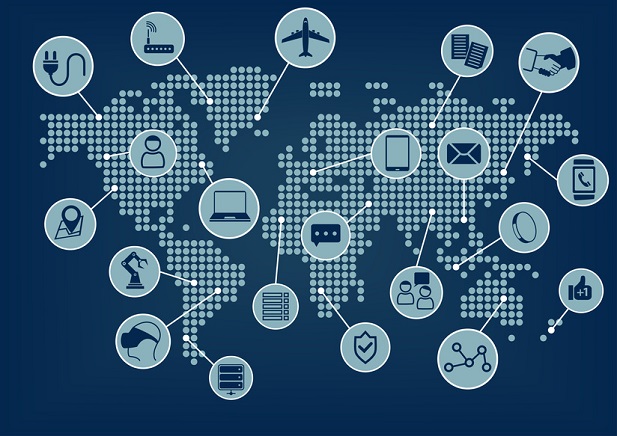After a sluggish 2018, IDC predicts the growth of global IoT market will accelerate to pass the $1 trillion (€873 billion) mark in 2022.
The research house reckons spending on IoT will reach $745 billion in 2019, an increase of 15.4% over the $646 billion spent in 2018. IDC expects worldwide IoT spending will maintain double-digit annual growth between 2017 and 2022, the period covered by the forecast, and surpass the $1 trillion mark in 2022. Let us know what you think in our five-minute readership survey (and maybe win a £50 Amazon voucher).
The industries forecast to spend the most on IoT solutions this year are discrete manufacturing ($119 billion), process manufacturing ($78 billion), transportation ($71 billion), and utilities ($61 billion).
The industries experiencing the fastest compound annual growth rates (CAGR) over the five-year forecast period are insurance (17.1%), federal and central government (16.1%), and healthcare (15.4%).
Being smart at home
Consumer IoT spending will reach $108 billion in 2019, making it the second largest industry segment, including smart home, personal wellness and connected-vehicle infotainment. Smart home will be fastest growing with a five-year CAGR of 17.8%.
The use cases that will attract the most investment in 2019 are: manufacturing operations ($100 billion); production asset management ($44.2 billion); smart home ($44.1 billion); and freight monitoring ($41.7 billion). The fastest growing use cases are expected to fastest include airport facility automation (transportation), electric vehicle charging (utilities), agriculture field monitoring (resource), bedside telemetry (healthcare), and in-store contextualized marketing (retail).
IoT services will be the largest technology category in 2019, ahead of hardware and software with $258 billion going toward established IT and installation services as well as non-traditional device and operational services.
The US and China will be the global leaders in spending this year at $194 billion and $182 billion, followed by Japan ($65.4 billion), Germany ($35.5 billion), Korea ($25.7 billion), France ($25.6 billion), and the UK ($25.5 billion).



